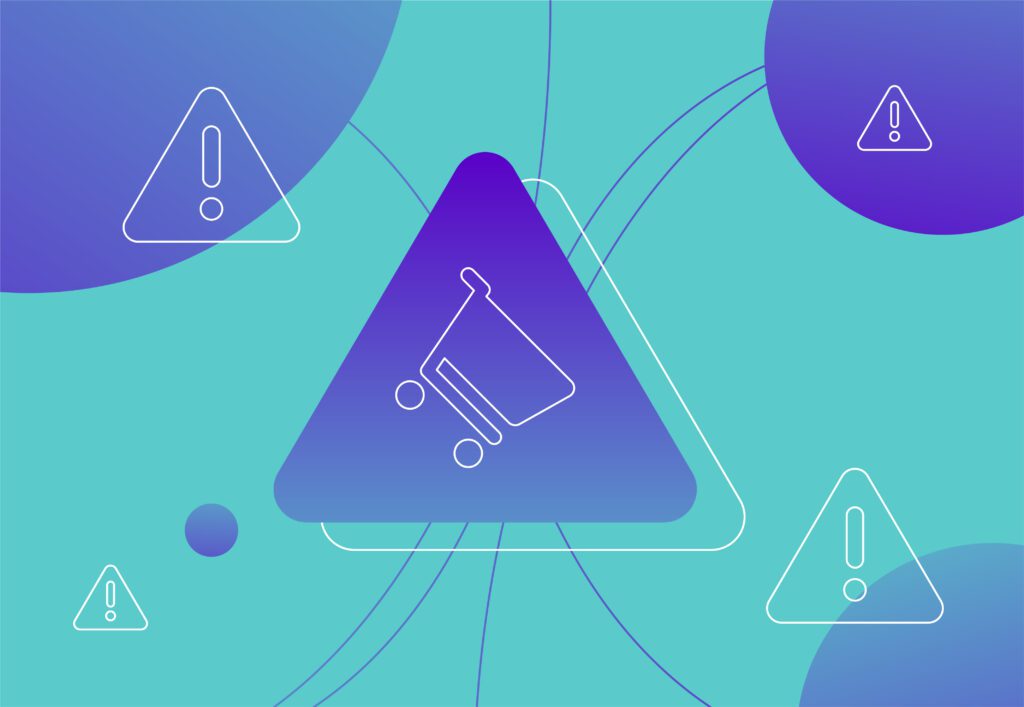
The Top 5 Features In GA4

As we enter a new dawn of analytical power where AI and Machine Learning will reign supreme at providing insights quicker than ever before, Google is stepping up its offering with GA4, the next evolution of Google Analytics following Universal Analytics which debuted in 2012. Google Analytics is a tool used by website owners and marketing professionals across the world. It provides valuable data for analysis when measuring the success of digital campaigns including SEO, PPC, Social Media, Digital PR and more.
One of the leading features of Google Analytics is how it allows you to tie those campaigns together and gain a better understanding of how they work together within a customer journey through to a conversion/purchase. For example, you have an almost unlimited number of assisted conversion paths. An assisted conversion path is the route a website visitor takes before converting. Let’s show you some examples from the Embryo Website analytics in recent days:
So what you can see here is how the different marketing channels that we use on our own website are working together. Referral for example could be related to our Digital PR campaigns. Organic Search relates to our SEO campaign. Social Network is the campaigns we run on social media. You can see how they’ve worked together before a visitor to the website has converted. In number 1, you can see that they’ve clicked the link on another website to visit ours, then come back directly through a bookmark or by typing the URL into a browser, and then converted. The same applies to number 5 except the initial visit came from social media instead. That understanding of how your audience engages with your business online overall means you better plan campaign strategies and effectively move resources into the areas that are your first-click touchpoints not just your last-click touchpoints.
Why does this matter in the context of GA4? Because GA4 does assisted conversions even better, and it allows integration with mobile apps on iOS and Android, so your data analysis can go deeper, and more connected, than ever before. GA4 will be a game-changer in analytics for digital marketers and because of that, today we’re highlighting our top 5 features of GA4 as it currently is now.
1. Audience Purchase Predictions
Right now, predicting audience behaviour is clunky at best, and often unreliable. You can look back on your data and understand how different segments interact with your website and make purchases, and from that, you can take an educated guess on future behaviour and push budgets into those places. What GA4 can do using artificial intelligence and machine learning is predict what audiences are going to do in the future. You’ll need to get your purchase events set up and running correctly, and it’s from that data that Google will predict audience purchase intent. This isn’t just predicting which visitors will buy from your website, it’s also predicting which visitors will churn, and this allows you to tailor your campaigns to help get them back in and through the checkout. I’m pretty confident that we’ve never had a tool as good as this available for free before so it’s a huge win for users.
2. More Advanced Custom Reporting
The customer reporting tool in GA4 far exceeds the functionalities of the current options in Universal Analytics. It’s more user friendly, has considerably more ways to display data, and it’s as simple as dragging and dropping different data points into the settings. From that, you can create excellent custom reporting that fits your needs exactly. These are not dashboards, they are reports, but they’re so easy to use, that GA4 actually contains considerably less default reports because you can essentially make whatever you want, in either a table, a funnel, and various different graph types.
You have 4 sections across two columns:
- Segments
- Dimensions
- Metrics
- Values
And you simply add the fields you want into here, and then drag and drop them over to the columns/rows/values and in seconds, you’ve got the exact report you needed. It’s honestly that easy, and the reports look really great also.
3. Upgraded Event Tracking
Events tracking has been massively upgraded in GA4. Events are the core of almost all actions in the new version of analytics and this also means that tracking has become much easier. You have your standard pageview events, but enhanced measurement events also capture much more data such as scrolls, first visits and more. Combine that with custom event building within GA4, and the event tracking in Tag Manager and you’ve got this mix of functionality that technically you could do before, but it was far more complicated and often had to involve web developers. In GA4 you’ll be tracking whatever you want, whenever you want. You can have up to 300 events per property. For conversions (or goals as we know them now), you don’t need to set them up with the event details, it’s a simple click of a switch, and that’s your conversion tracking done for the key events you want to track and report on.
4. Comparisons
Segments as you know them now become comparisons in GA4. Available at the top of every report, comparisons allow you to segment data right down to a granular level depending on what you need. Comparisons unlike segments are not saved, but they are very quick to set up. You can still save a segment through the exploration tab when you’re creating reports but this is now known as “build an audience”. Either way, comparisons are quicker to work, you don’t have to worry about auditing and deleting them, or about the list becoming overly confusing as you add more over time. A couple of clicks and you have the data you need and you can customise it every single time if you want.
5. Cross-Device/Web/App Tracking
This is the big one, the absolute best reason to upgrade to GA4, the cross-device tracking is far better, and ‘just works’ a lot better. Not only that but you can also connect your GA4 property to Firebase which is used to track how people are interacting with your apps. Cross-device tracking has been possible within Universal Analytics, but it’s fairly unreliable and can impact mess up your data fairly easily. Most people haven’t bothered with using it because it was too linear in respect to other data around it.
You’ve got three different ways of tracking a user in Google Analytics:
- The first-party cookie that is placed on the browser when a visitor comes to the website.
- User-ID from your own data from an e-commerce store for example.
- Google Signals (someone with google ads personalisation turned on and logged into their Google account).
What GA4 is capable of is bringing these three elements together and creating a user profile within analytics that can reference one of the above tracking points and marry it together with data from other devices. If you imagine a scenario where somebody uses a desktop computer at lunch to browse a product range, clicks a product and then clicks off the website. Then when they get home that night they look again on their mobile phone and decide to purchase. The website is offering a 20% discount but only if you order through the app instead. The user downloads the app, logs in, and buy the product. You can now follow that entire journey and that aggregated data segmented into audiences will be invaluable for creating future campaigns, especially on remarketing.
That’s a very simplified breakdown of our top 5 features of GA4 and realistically, the setup process for GA4 isn’t as simple as it could be, and the product is constantly evolving as Google make upgrades and changes based on feedback. It’s a genuine game-changer for cross-channel and expected cross-device campaigns and for some clients, the time to upgrade is yesterday otherwise it’s just a wasted opportunity. If you need help with any of your digital marketing, or your tracking, including migrating over to GA4, let us know by dropping us a message or giving us a call.




